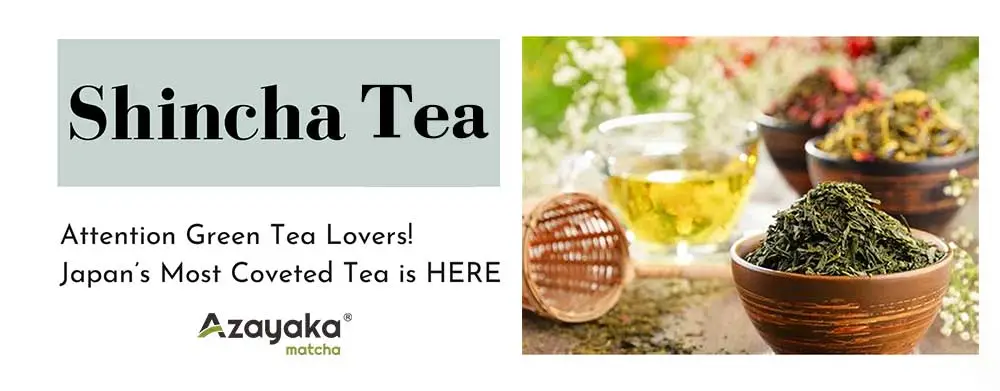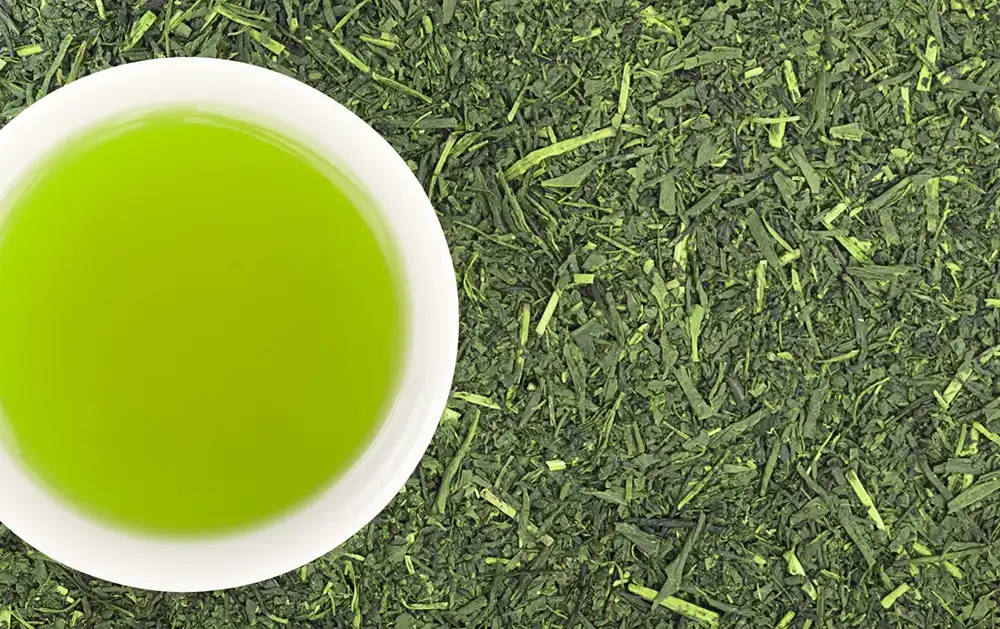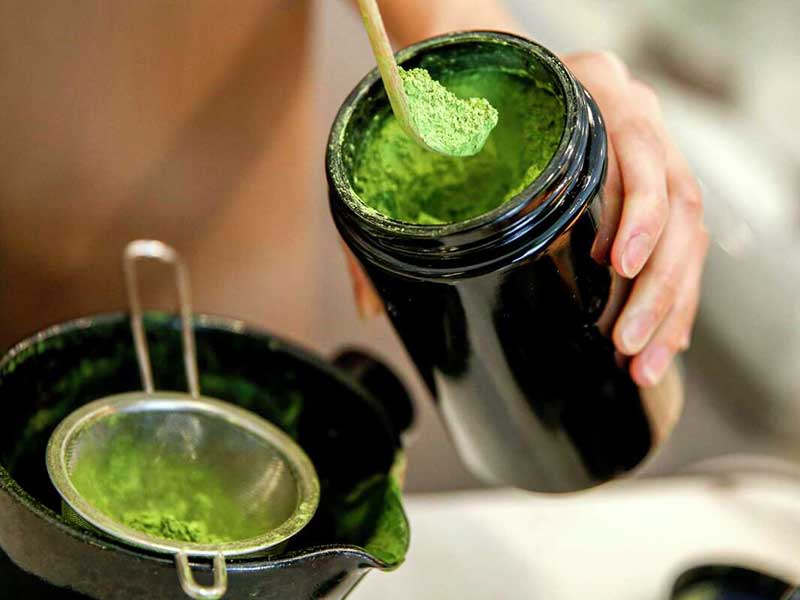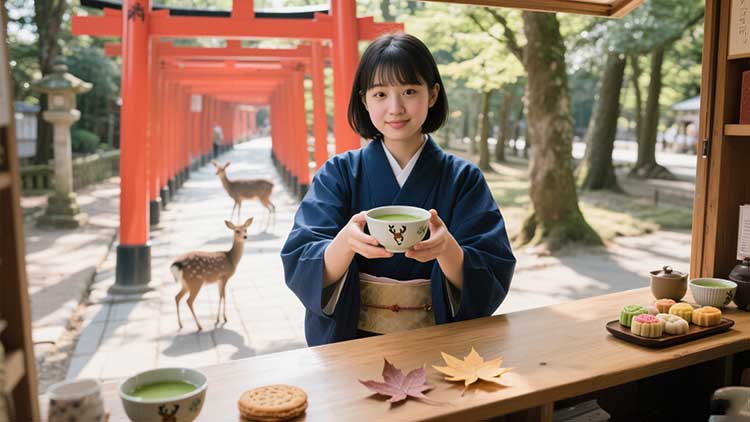Shincha, Sencha, Ichibancha: What’s the Difference in Japanese Green Tea?If you’ve ever felt confused by terms like Shincha, Sencha, and Ichibancha, you’re not alone. These three teas are all part of the Japanese green tea family—but each has its own flavor, harvest time, and character. Let’s break it down so you can sip like a pro.

🍃 1. Shincha – The Season’s Freshest Pick
“Shincha” literally means “new tea”, and it comes from the very first harvest of the year—usually in April or May. It’s only available for a short time and is known for its bright, grassy flavor and super-fresh aroma.
- When it’s harvested: Early spring (first flush)
- What it tastes like: Sweet, smooth, and delicately umami
- Why it’s special: It’s seasonal and super limited—like Japan’s green tea version of a spring wine

🌿 2. Sencha – Japan’s Everyday Favorite
Sencha is the most widely consumed green tea in Japan, making up around 80% of total production. It’s harvested a bit later—usually the second or third flush—and has a well-balanced, slightly astringent flavor.
- When it’s harvested: Late spring to early summer
- What it tastes like: Rich, grassy, sometimes seaweed-like depending on the region
- Why it’s popular: Versatile, affordable, and perfect for daily sipping or casual tea ceremonies
🌱 3. Ichibancha – The Finest First Flush
Ichibancha means “first tea,” and while it overlaps with Shincha in timing, it refers specifically to the highest-grade tea leaves from that first harvest.
- When it’s harvested: Same season as Shincha, but more selective
- What it tastes like: Fuller-bodied, rich umami, smooth with less bitterness
- Why it’s unique: Often considered the best of the season—made for true tea lovers

🫖 So, Which One Should You Choose?
| Tea Type | Harvest Time | Flavor Profile | Best For |
|---|---|---|---|
| Shincha | Early spring | Fresh, grassy, delicate | Seasonal tea fans |
| Sencha | Late spring–summer | Balanced, slightly astringent | Everyday drinking |
| Ichibancha | Early spring (selective) | Umami-rich, creamy | Connoisseurs seeking top quality |
Whether you’re a casual tea drinker or a seasoned enthusiast, understanding these three types of Japanese green tea can elevate your tea journey. Start with Sencha, explore Shincha in spring, and try Ichibancha if you’re chasing the very best.
Happy brewing 🍵





I tried freezing my matcha as suggested, but it clumped a bit. A little more guidance on thawing would make the tips perfect.
As a tea lover from Shizuoka, I really appreciate how well you explained the seasonal differences. Freshly picked shincha is unbeatable.
I never realized how much nuance there is between shincha, sencha, and ichibancha until I read this. Your explanations were super clear, especially the part about harvest timing and how it affects flavor and aroma. I’ve been drinking sencha casually for a while, but now I’m definitely curious to try shincha when it’s in season. Thanks for breaking it down in such an approachable way!
I’ve always been confused about whether Ichibancha and Shincha are the same—this post clarified that so well. Very informative and well-written. One suggestion: adding a comparison chart would make it even easier to digest at a glance.
この記事は本当に物事を明確にするのに役立ちました!私は新茶と一番茶は全く違うものだと思っていましたが、今では新茶は一番茶のフレッシュバージョンだということが分かりました。比較表もとても役に立ちました。素晴らしい情報をありがとう!
This article was super helpful! I always confused Shincha with Ichibancha, but now I understand that Shincha is basically the fresh first harvest, while Ichibancha refers to that entire first flush. The comparisons were clear, especially the flavor and nutrition breakdown. Thanks for the great explanation!
Matcha is often overlooked in savory dishes, so this blog was refreshing.
I learned some new ways to incorporate matcha into my meals. Useful content!
A great read! The blog perfectly captures matcha’s versatility in food. The examples are diverse and inspiring. Well – written and visually appealing.
Ce Matcha est parfait pour mon Afternoon Tea. Que je prépare un simple latte Matcha ou une boisson Matcha glacée plus raffinée, cela ne déçoit pas. L’emballage maintient la poudre fraîche et un peu a un long chemin à parcourir. Sa qualité est très précieuse et j’aime la partager avec mes amis qui aiment le thé.
Etsin matchaa, joka täyttäisi korkeat standardini, ja tämä ylitti odotukseni. Se on niin monipuolinen – käytän sitä smoothieissa, jälkiruoissa ja tietenkin päivittäisissä matcha-juomissani. Väri pysyy eloisana, ja maku on johdonmukaisesti hämmästyttävä. Olen jo kolmannella ostoksellani enkä aio vaihtaa brändejä lähiaikoina.
The blog explains the distinctions among shincha, sencha, and ichibancha extremely clearly. It provides professional and detailed analyses ranging from the picking time, appearance, to the differences in aroma and taste after brewing. This has made things crystal clear to me, although I used to have only a smattering of knowledge about Japanese tea. Whether for beginners starting to explore Japanese tea or seasoned tea enthusiasts refreshing their knowledge, this blog is an invaluable resource. Highly recommended!